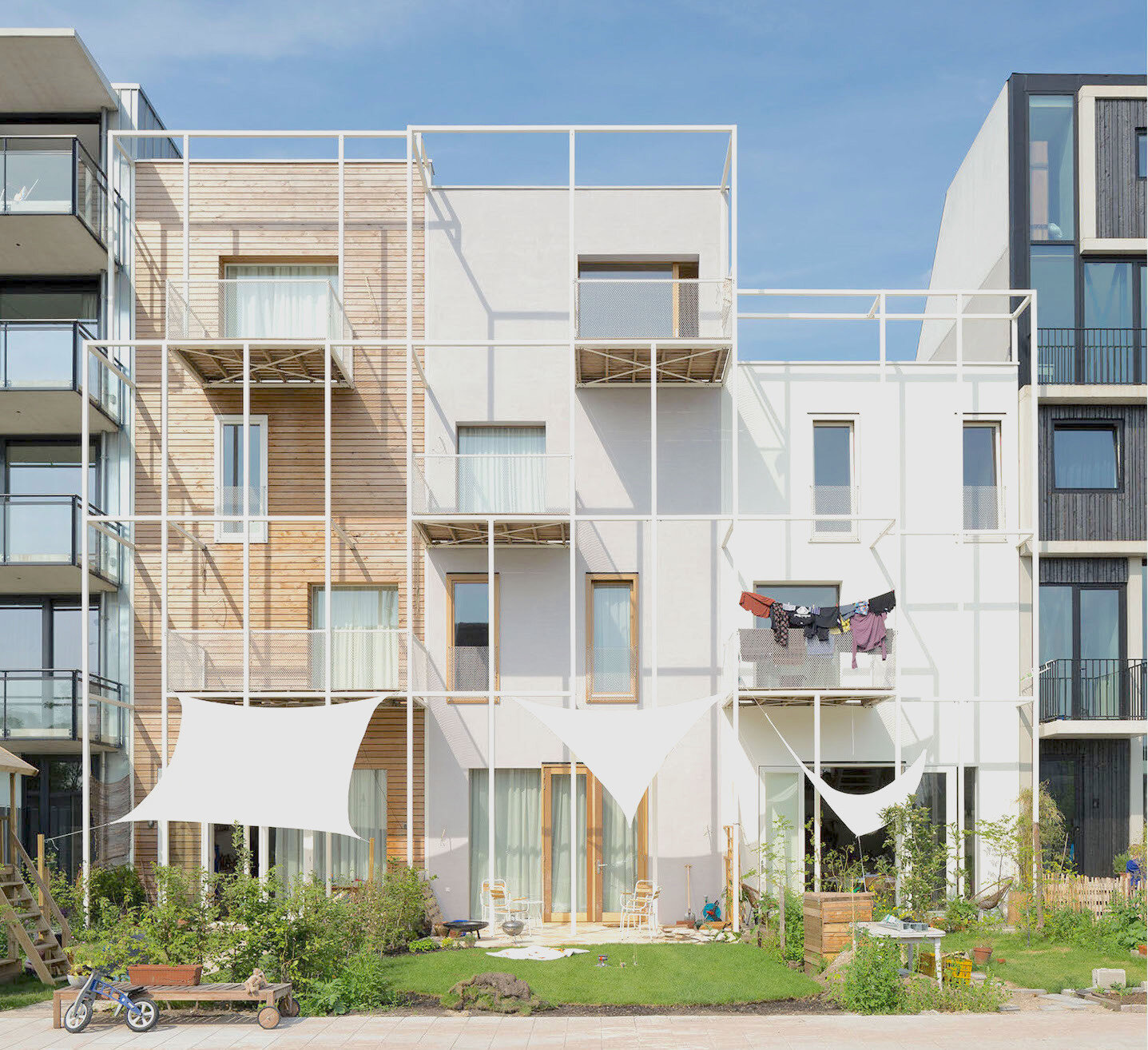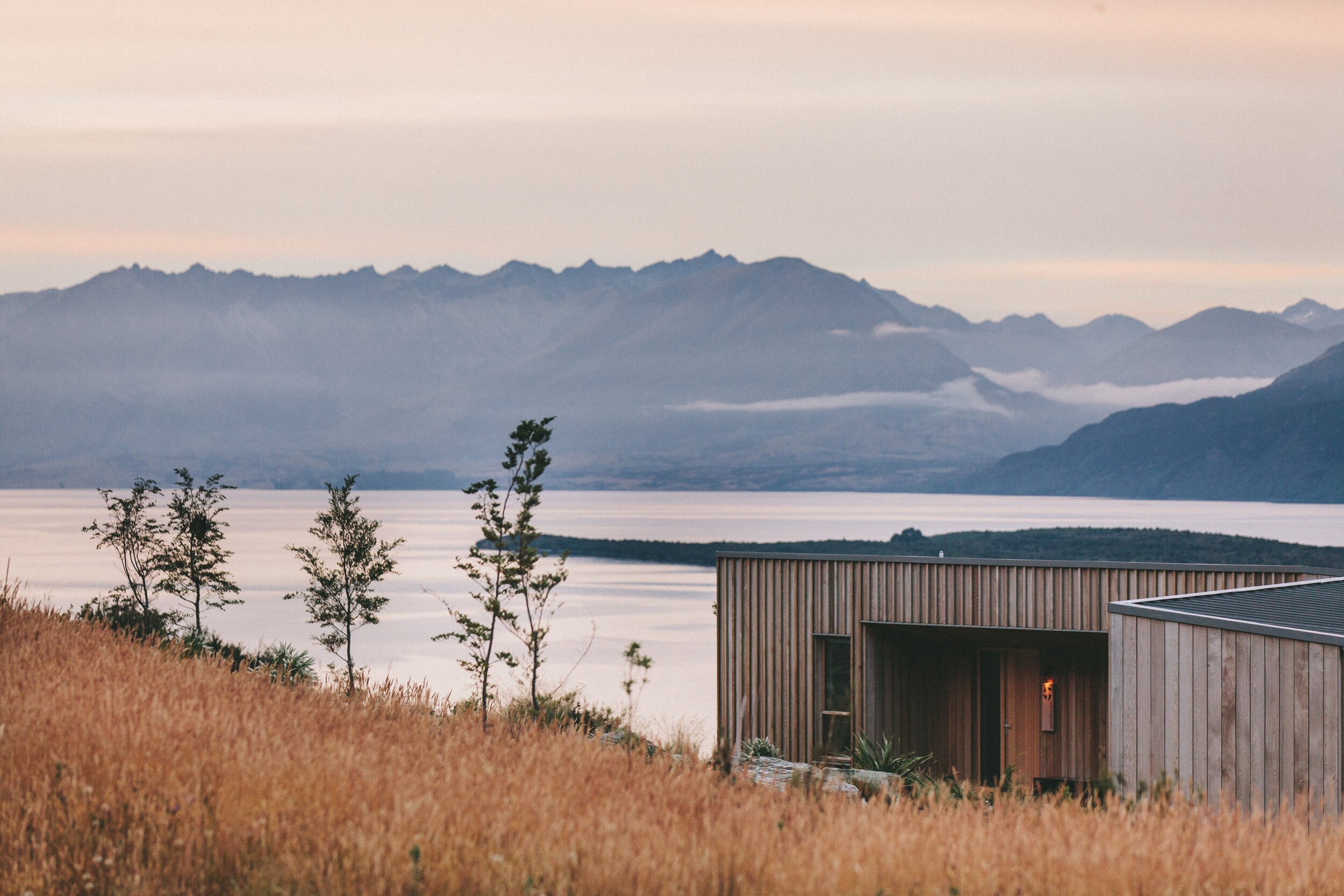
What is The Housing Innovation Society?
THE VISION
Enable self-determined community development responses to deliver sustainable, healthy, affordable homes to support individual and community wellbeing. We do this through Education, Advocacy and Connecting people together.
THE HOUSING INNOVATION SOCIETY’S STRATEGIC GOALS
1. Build awareness of the different ways to think about housing and the opportunities that exist.
2. Create a space for people who are interested in new or alternative ways of development to find useful information and be able to connect with others.
3. Advocate for regulatory, civic and industry reform to remove barriers to self-determined community development responses.
4. Shift the focus of both public and private sectors toward the facilitation of mana motuhake.

What are the different collective housing options we advocate for?
PAPAKĀINGA
New Zealand holds its own form of unique housing model – papakāinga. It is a practice of collective living that presents an opportunity for Māori to reconnect with whānau and whenua, and lead sustainable and affordable lifestyles. Papakāinga appears as a group of homes and shared amenities for extended whānau, built on land with common ancestral connections and shared ownership. Papakāinga housing models create an opportunity to support iwi and hapū well-being by reconnecting the kāinga, the home, with whānau, community, land, culture, and history.
COHOUSING
Cohousing is a form of housing in which a group of people come together to plan, design and operate their own multi-unit housing development. There are many models of cohousing but all are defined by some form of codesign and the ongoing democratic participation in community life by residents or housing owners long after the build is complete. Houses are often more affordable to build, purchase and operate because residents share amenities such as outdoor space, gardens, and other facilities. This physical environment and design of cohousing seek to foster both social contacts as well as privacy for residents. In Aotearoa New Zealand for most CoHousing built to date, you own your own unit title that you can sell in the future, like a regular apartment. Developments are also often purpose-built with eco-friendly or economical design imperatives. Check out Nightingale Housing or Baugruppen (architect and professionally-led), or Baugermeinshaft (resident-led) for further details.
COOPERATIVES
A cooperative can be defined as an organisation owned and run by its membership, with the sole aim of providing benefit to its members. Housing cooperatives emerged as a grassroots, self-help response to the housing crisis of the time. Housing cooperatives are usually run by tenants or residents who purchase shares in a corporation. Each share corresponds to a dwelling unit or proportion of the overall roughly equivalent to a single dwelling.
Housing cooperatives can be generally grouped into two categories: equity or rental cooperatives. Each has different ownership structures and levels of affordability and are great for offering an intermediary option between subsidised community housing and private rental products. Cooperative housing has a reputation for achieving long-term affordable rents (on average, below-market rent) and stable neighbourhoods.
COMMUNITY LAND TRUSTS
Community land trusts (CLTs) are non-profit, community-based organisations designed to ensure perpetual, genuinely affordable housing. The land is collectively owned in CLTs and residents can either own their home outright or rent from the CLT. The CLT owns and stewards land in perpetuity on behalf of a community, removing the price of land from the cost of housing and removing land from the speculative market. CLTs are governed by a democratic board made up of representatives from three groups: leaseholders, members of the community (non-leaseholders) and other stakeholders such as community housing providers. This model offers the security of tenure for low- and medium-income residents, as well as providing a means for them to build equity, live where they work, have a sense of community, and be able to put down roots.









